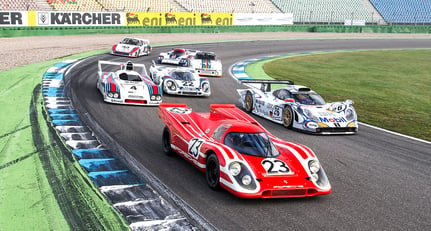'Moby Dick' could reach 227mph on the Mulsanne Straight
Porsche is approaching its current project with typical thoroughness, assembling a team of around 200 employees that are exclusively focused on the start of the upcoming WEC (World Endurance Championship) season, beginning in April 2014. There are eight races scheduled for the 2014 WEC, seven 6-hour endurance events and the real jewel in the crown of Porsche's ambitions, the 24 Hours of Le Mans. To demonstrate Porsche's credentials in this fierce arena, the marque arranged an event at Hockenheim that forcefully illustrated a longterm success story. An incredible 800 Porsche cars have taken the start in 62 years of racing history at Le Mans, with 103 wins and a total of 16 overall victories currently on the balance sheet.
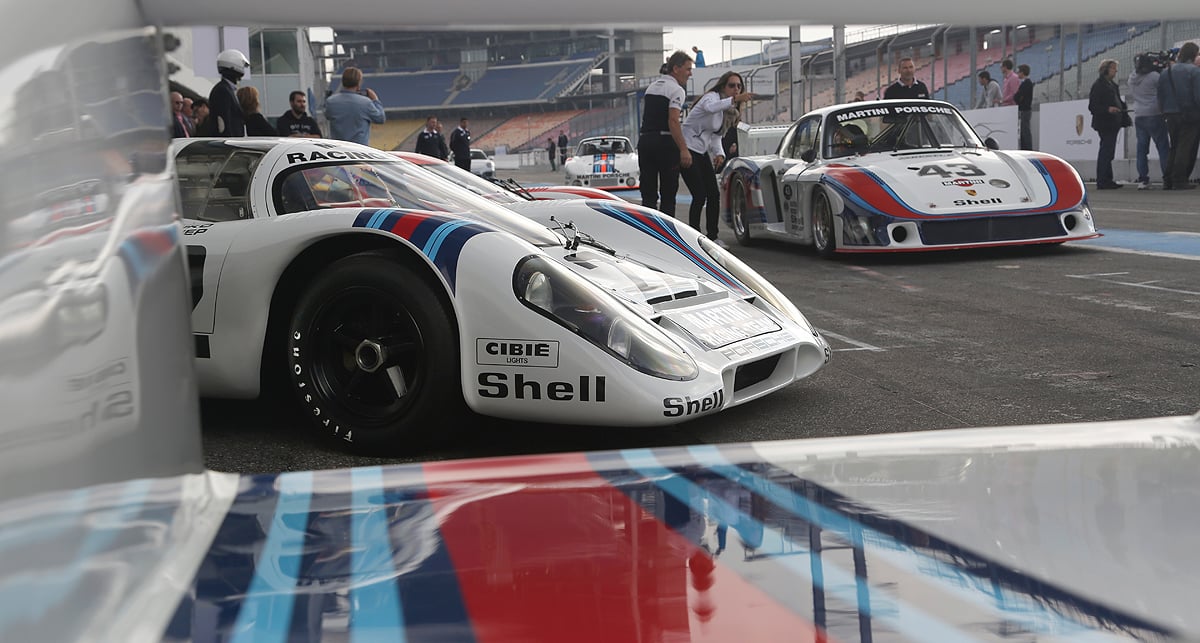
No other manufacturer can match this sort of Le Mans history, although Porsche's last overall win was with the 911 GT1 back in 1998, a car that was a veritable mobile research laboratory based - as the rules required - on a street-legal model. The chassis was lightened, helped by the used of high-strength carbonfibre, and the car's twin-turbo boxer engine allowed the GT1 to reach 350km/h (over 217mph) on the straight.
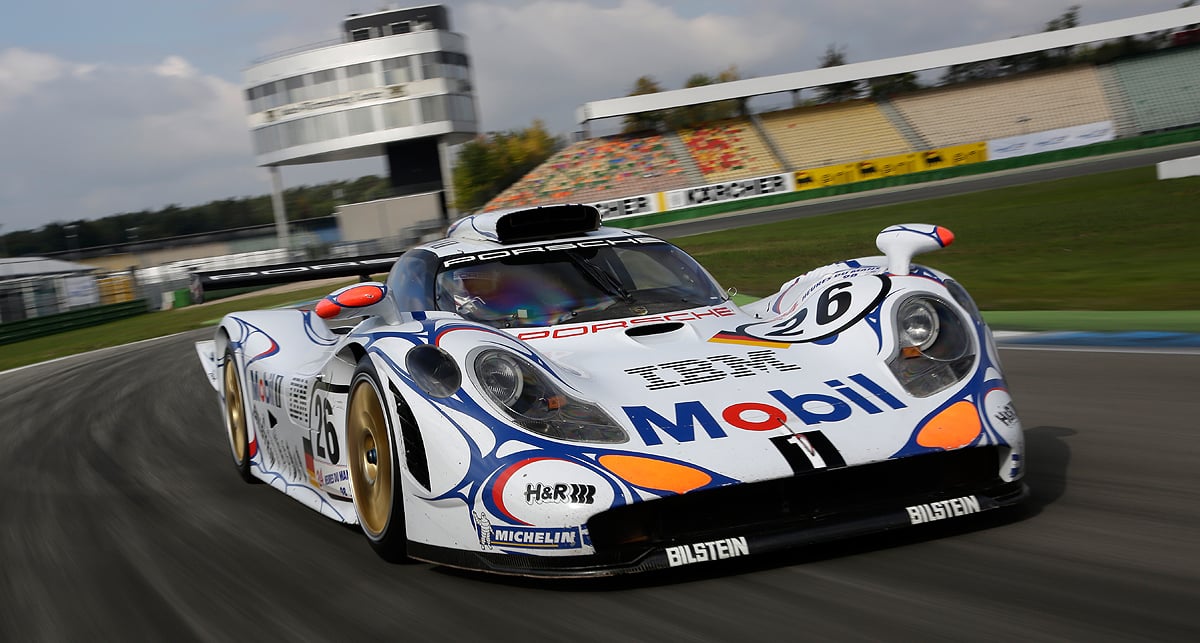
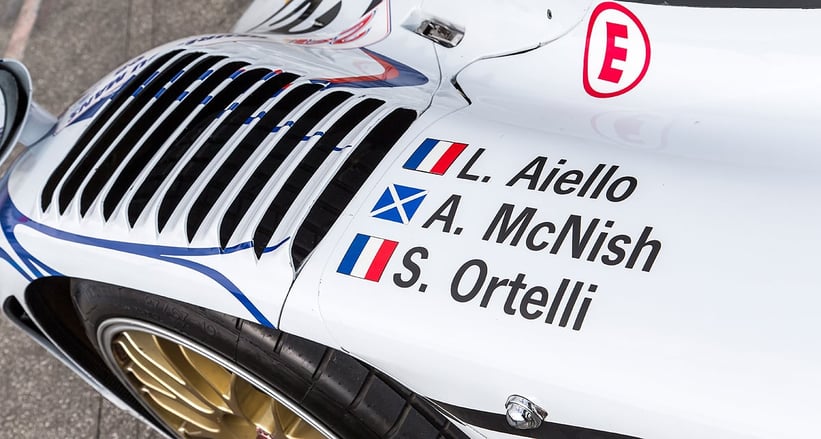
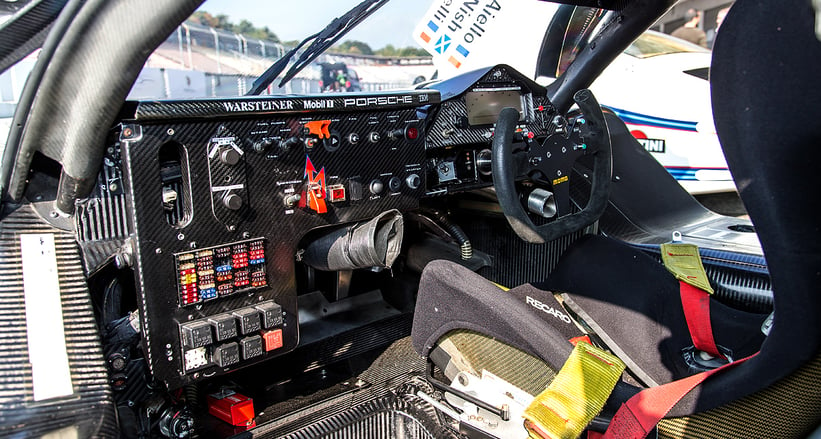
It was a very different car from that which marked Porsche's first Le Mans win, back in 1951, the third 24-hour race after the War. Porsche followed the advice of Le Mans race director Charles Faroux and started with a 356 SL (Super Light) with an aluminum body. Drivers Auguste Veuillet and Edmonde Mouche managed 210 laps at an average speed of 118km/h (73mph) to claim a class victory, and the start of Porsche's history of Le Mans success.
In the years that followed, Porsche claimed win after win in the smaller-engined categories but left outright wins to other marques; until, that is, a very determined young man by the name of Ferdinand Piëch decided to build a Porsche to claim the Le Mans crown.
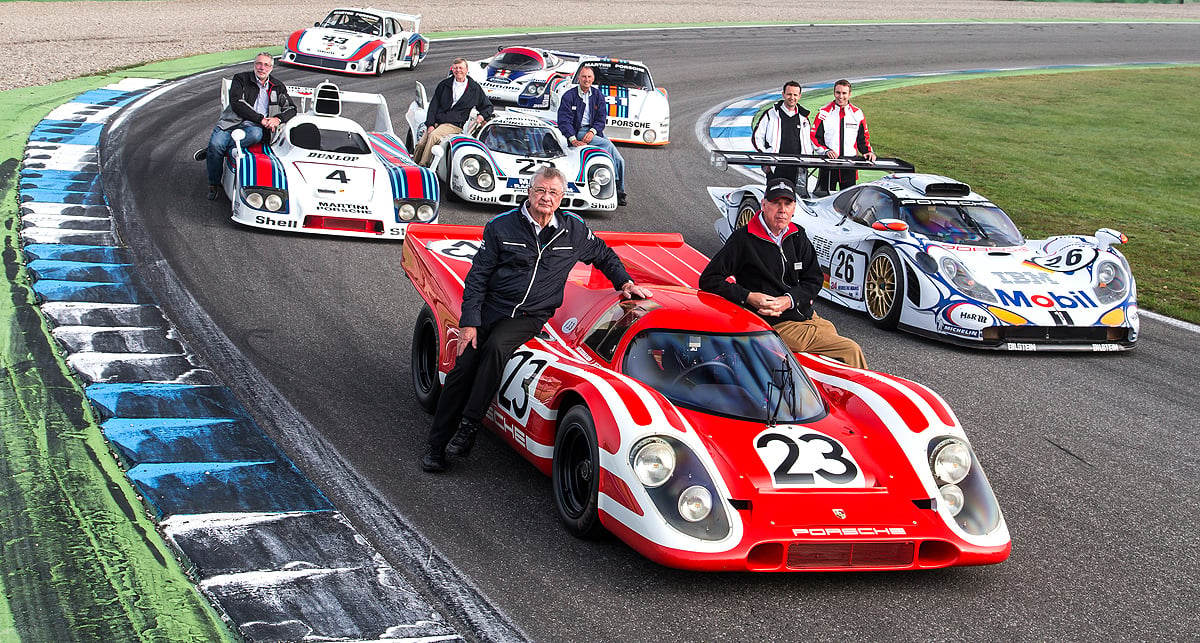
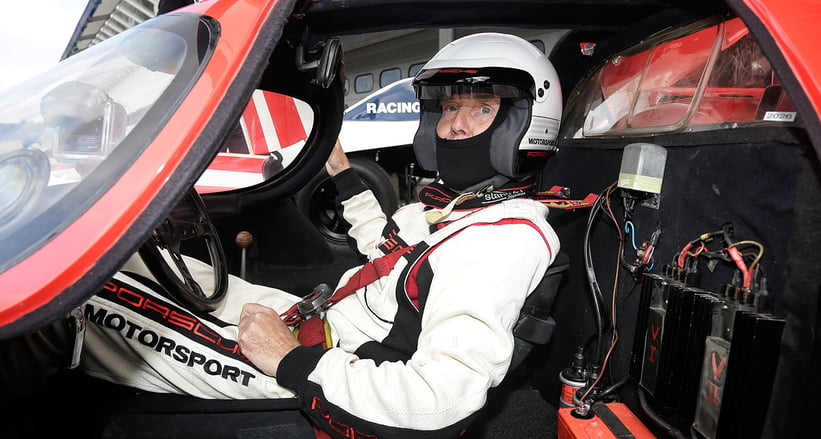
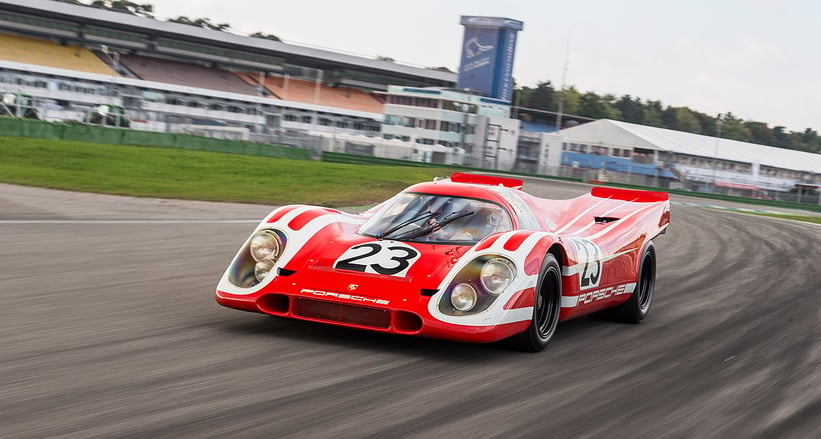
Piëch’s brainchild was the 917, unveiled as a star exhibit at the 1969 Geneva Salon despite the fact that it had never turned a wheel. In 1969, three 917s took the Le Mans start, but it was to be a sad weekend. One 917 was driven by Vic Elford and Richard Attwood; Ralf Stommelen and Kurt Ahrens were in a second; and the third was piloted by privateer John Woolfe – who lost his life on the first lap after spinning at White House bend. As the race progressed, Stommelen/Siffert suffered clutch problems, and - despite leading for long periods of time - Elford and Attwood also met with mechanical maladies that meant they were forced to retire.
But Piëch wasn't about to give up. In 1970, no fewer than eight 917s were entered in the 24 Hours, but after an extremely wet race only seven cars were classified - and just two of these were 917s. Nine of the eleven Ferrari 512Ss retired before half-distance (four in a single accident) and not a single works Matra or Alfa Romeo finished. At the end of this race of attrition, it was the 917K of Richard Attwood and Hans Herrmann that crossed the line first, five laps in front: Porsche had achieved its ultimate goal.
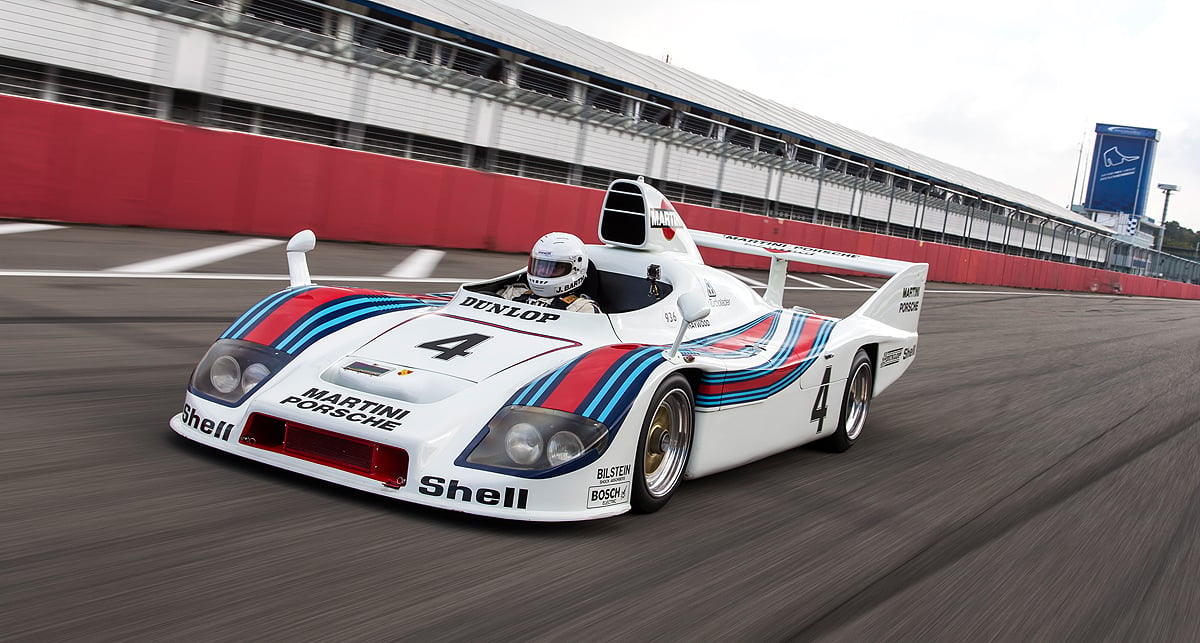
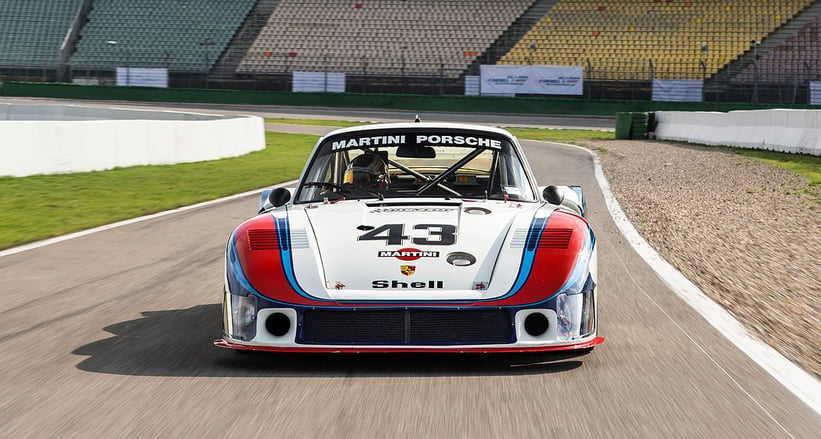
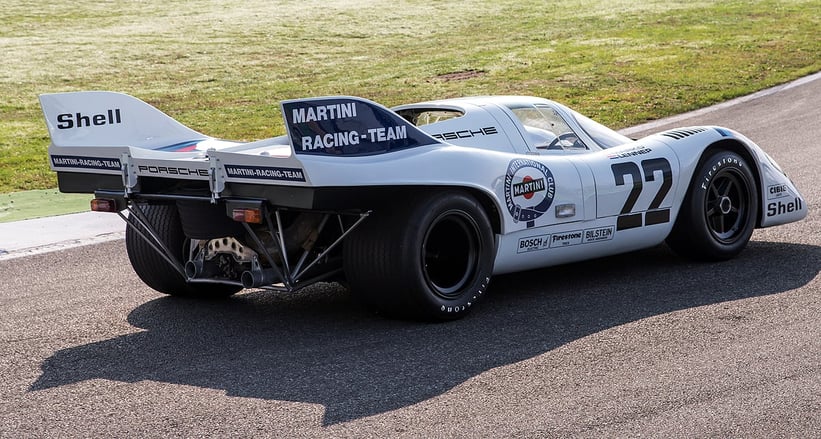
After that, Porsche was all but unstoppable. After a 917 again took victory in the 1971 race, there were four years when Porsche conceded to other marques but were back to win again in 1976, 1977 and 1979, plus a terrific run of seven-in-a-row from 1981 to 1987. Among the notable winning cars was the 936/77 - a phenomenally quick vehicle with almost comically small wheels and an open cockpit, that could reach 360km/h (around 224mph). But probably the most brutal interpretation of the theme - although it was not a Le Mans winner - was the 1978 car nicknamed 'Moby Dick' for its huge overhangs and vast size (official factory name 935/78), a car that could reach 366km/h (227mph) on the Mulsanne Straight. True, many Le Mans racers have been quicker in a straight line, but it's a fairly remarkable top speed, nonetheless.
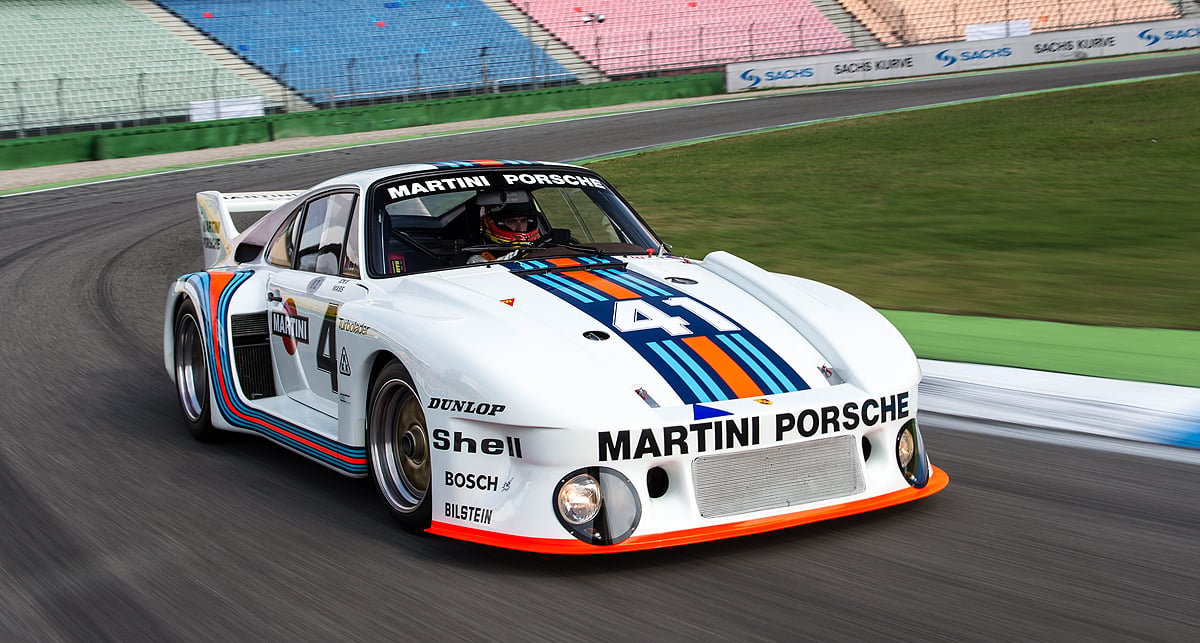
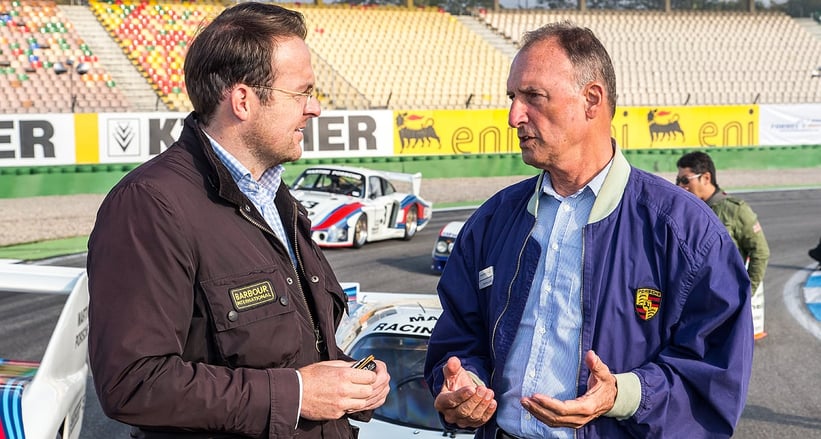
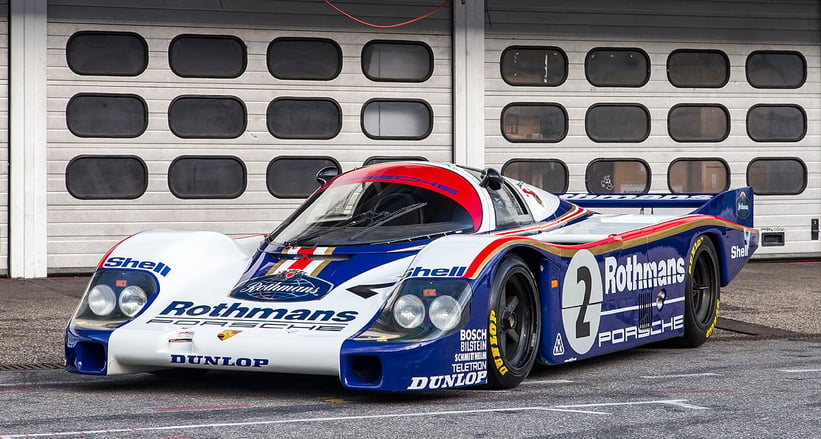
And then there's the 956, famous in its white-and-blue Rothmans livery - a model that took the chequered flag from 1982-85 and that according to Manfred Jantke, then press chief at Porsche, was "the first Porsche with aerodynamic ground effects". Superseding the 956 was the 962 (both the result of Norbert Singer's talent) , itself the bringer of another three overall victories, in 1986, 1987 and 1994. And finally we reach 1998, the marque's final triumph to date; but if Porsche has anything to do with it, most certainly not the last.
Photos: Porsche
